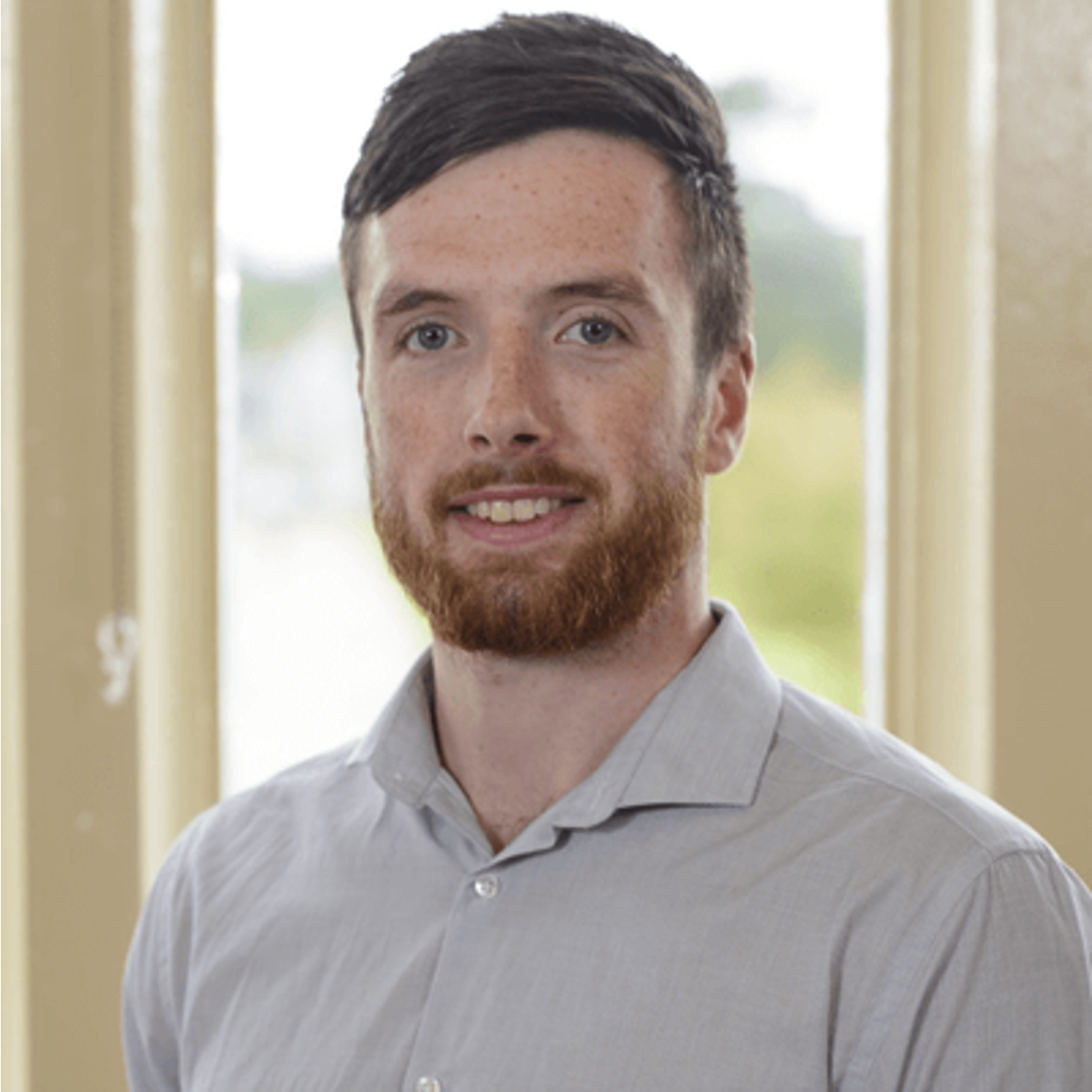Why I Switched from Academia to Mining
After years immersed in academia and computer-based work, I made a decision that raised more than a few eyebrows: I put down the research papers and picked up a torque wrench. I stepped into steel-capped boots and began working as a mechanical fitter in the heart of Australia’s mining industry.
Why? It wasn’t a detour—it was an intentional pivot.
I wanted real-world understanding. After earning my PhD in Mechanical Engineering and doing postdoctoral work, I realized that deep knowledge without hands-on experience felt incomplete. I didn’t just want to design systems—I wanted to know them, inside and out, from the bolt patterns to the breakdown points. Working as a fitter gave me that tactile, grounded knowledge. It taught me how to problem-solve under pressure and how machines actually behave beyond the textbook.
Second, I wanted to become fully qualified—on paper and in practice. By completing the trade and working on-site, I added a skillset that not only complements my academic background, but also opens doors in industry that a degree alone often can’t.
There were also practical reasons. The mining industry pays well, and I was determined to earn fast, save hard, and invest early. That decision helped me kick-start my real estate portfolio and set the foundation for long-term financial independence.
And honestly? I wanted to see the world. The flexibility and income from mining work gave me the chance to travel, recharge, and reconnect with life beyond work—something academia doesn’t often allow for.
So no, I didn’t “flake out.” I followed a different kind of logic—one rooted in growth, autonomy, and lived experience.
I believe the best engineers—and the best people—are forged through both ideas and action. For me, this path wasn’t a fallback. It was a step forward.
